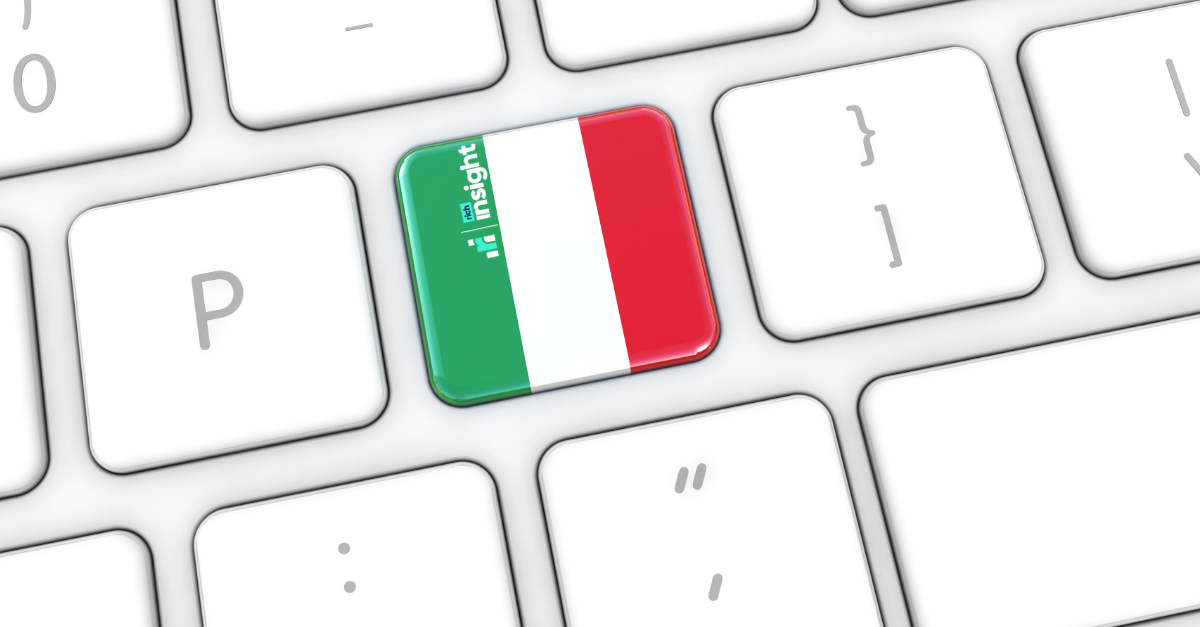Fashion has a sustainability problem. From the materials used and distances travelled to the waste produced and landfill created, there are many areas of a garment’s lifecycle that need to be addressed.
Many fashion brands are taking control of their supply chain to cut their carbon footprint - be it using ethically sourced fabrics or recycled materials - but how can brands influence the sustainability of their products after they’re listed on online marketplaces?
While many fashion marketplaces offer their own fulfilment options (i.e. Zalando), many others don’t (i.e. La Redoute), thereby giving fashion brands opportunities to boost the sustainability of their marketplace sales directly. Here’s three quick wins.
Green delivery options
One-day delivery. Next day pick-up. Rapid returns. Brands compete over the speed of their shipping, but they should be competing over the ‘greenness’ of their deliveries, especially in cities where deliveries account for 20-30% of pollution. According to DHL’s 2022 Online Shopper Report, 53% of European e-commerce buyers want brands to boost the sustainability of deliveries and 69% would sometimes or always pay more for greener delivery. 58% of shoppers were also willing to wait longer for a more eco delivery.
As such, fashion brands can offer more sustainable delivery options at checkout - be it choosing e-bikes or a self pick-up from a locker network - without fear of widespread cart abandonment. A win for you, a win for the environment.
Clear repair or recycle policies
As the world turns away from fast fashion, longevity is the name of the game. Offering high-quality, durable products is the first step to defeating throwaway fashion culture (which leads to 92 million tonnes of clothing ending in landfill each year), but the second step is ensuring products can be easily repaired or recycled. Taking inspiration from the likes of Patagonia’s Common Threads Initiative, fashion brands are best placed to provide repairs advice for the products they manufactured (i.e. how to mend broken zippers or patch up elbow rips) or even repair the products in-house. Brands can also offer recycling opportunities and buy-back schemes (i.e. enabling customers to send back unwanted products in return for credit).
While ‘resale’ opportunities are only available on specific fashion marketplaces like Vinted, providing clear repair or recycle policies can be made on any marketplace (either directly in the product description or via links to your site).
Fixed rate donations
Quick wins don’t come much easier than donations. Instead of offering buyers the chance to make a donation themselves (which involves collaboration with the marketplace platform and puts too much onus on the customer), brands can simply make a donation per transaction to a relevant climate change charity or organisation.
For example, if you predominantly sell organic cotton, then consider a % per sale donation to the Better Cotton Initiative. If you have to source raw materials from overseas, such as Ahimsa silk (cultivated by nonviolent methods) from China or India, then consider donations to offset the carbon footprint of the shipping.
Sustainability for the right reasons
In an era of green-washing, where 47% of European fashion shoppers think brands make dubious eco claims, these three quick wins can help you stand out from the crowd, bolster your product’s sustainability and make a positive difference to the planet.
For advice on improving the sustainability of your listings on online fashion marketplaces, get in touch with hello@emanaged.co.uk.






Blog Comments